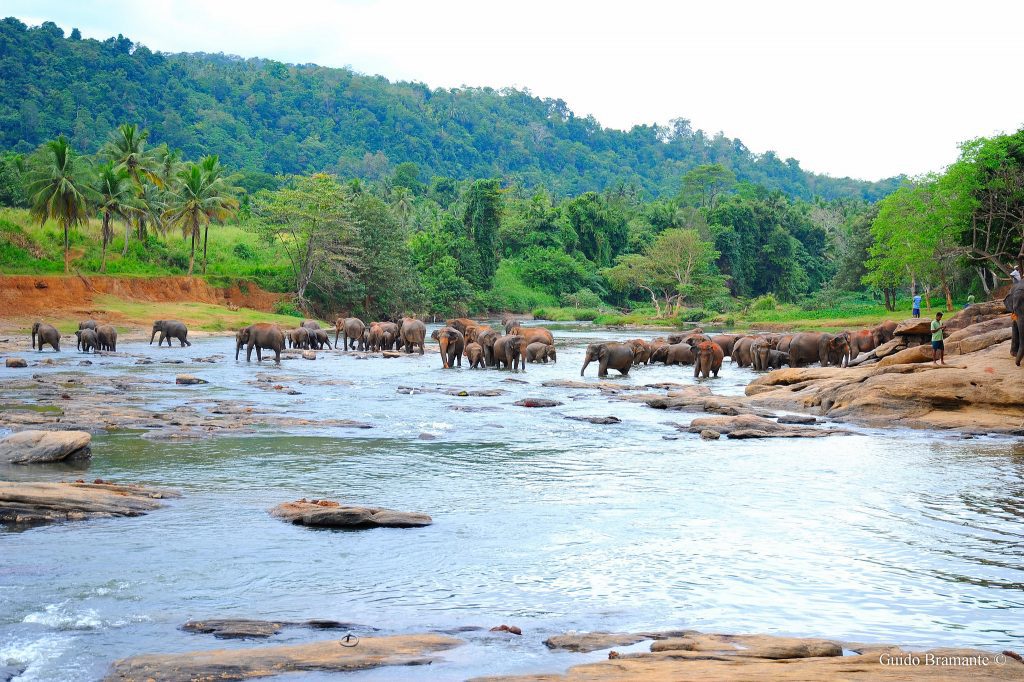Sri Lanka Looks Beyond Pandemic to Carve Out a New Tourism Future

Skift Take
A Sri Lanka reopening may be imminent. More importantly, the destination is looking beyond Covid-19 to reposition itself yet again, taking lessons from the Easter Sunday bombings crisis to find its place in the tourism universe.
Sri Lanka won high praise in the initial months of the pandemic for its swift and strict action to contain the virus, and for producing astonishingly detailed and unambiguous protocols to safely unlock the country to international leisure tourists on August 1. Alas, that reopening had to be shelved due to a spike in cases in July, then a second wave in early October that was traced to a garment factory near Colombo.
The country is now in final discussions to welcome back foreign tourists, even though there were 643 new cases on December 15, Sri Lanka's Health Promotion Bureau data shows. The U.S. Centers for Disease Control and Prevention has a Level 4, the highest advisory, against travel to Sri Lanka.
That said, Sri Lanka's Covid-19 recovery rate, at 73 percent, is higher than the global average of 70 percent. The death rate, 0.5 percent, is miniscule compared with 1.8 percent for the U.S. and 2.2 percent globally.
The Bandaranaike International Airport is likely to reopen from December 26, initially for charter flights carrying predominantly Eastern European tourists and, if all goes well, normal flights could resume gradually, according to industry sources Skift spoke to in Colombo.
Talks this week surround the ceaseless question of reopening safely but invitingly, such as whether the quarantine period for incoming tourists in a safe-certified hotel should be reduced from 14 to seven days, they said.
The airport was closed in mid-March when the first local Covid-19 patient was detected, although national carrier SriLankan Airlines, Qatar Airways, Emirates, Etihad and Turkish Airlines have been operating repatriation, cargo and departure flights.
These are all crucial developments for a country that pre-pandemic was on a road to recovery of a different sort. A series of terrorist attacks in 2019 targeting churches and luxury hotels in the capital city Colombo brought Sri Lanka to its knees. But the country’s tourism industry had been getting back up on its feet to reestablish itself as a desired destination. Then the pandemic.
Heavy Toll
That the country is attempting another reopening under these new circumstances shows the heavy toll Covid-19 has exacted on its economy.
Tourism is Sri Lanka's third largest foreign exchange earner after textiles and garments, and workers' remittances. The industry employs 402,000 people directly and indirectly, official figures show.
“Sri Lanka should reopen with the right mechanisms and
